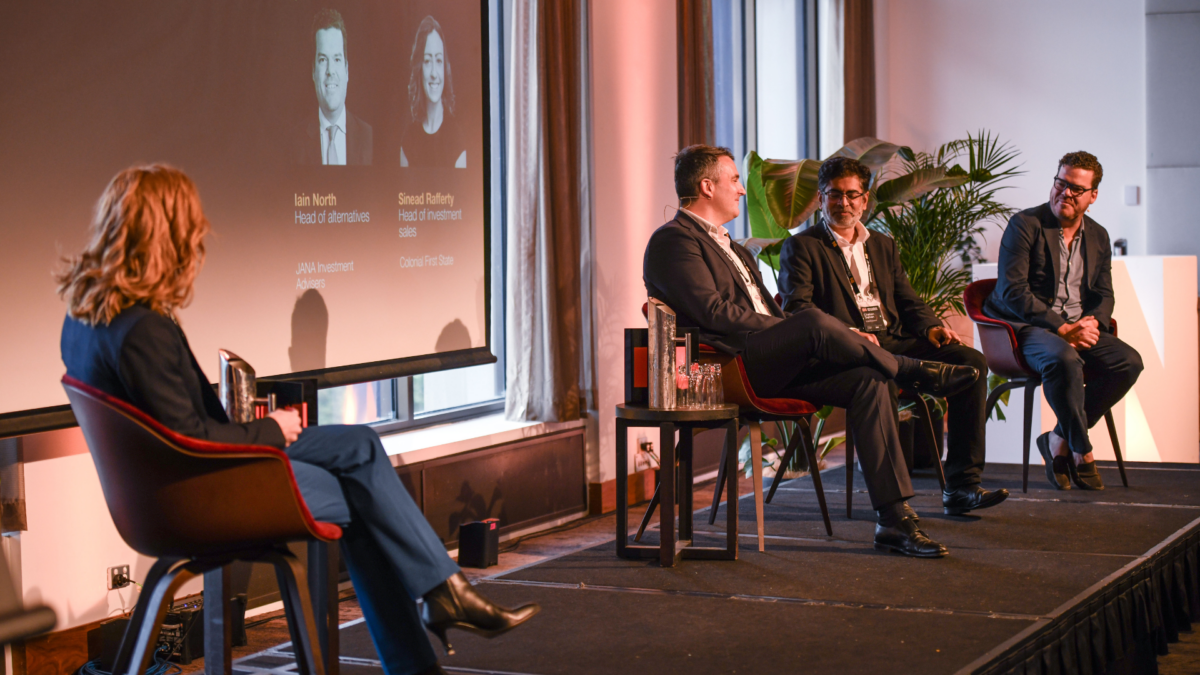ATO draws up hit list for 2021-22 tax returns
The Australian Taxation Office has warned people not to make the mistake of double-dipping their deductions in their tax return this year after identifying this as a common problem, especially in relation to work-related expenses.
Assistant Commissioner Tim Loh said that around 8.4 million Australians claimed nearly $19.8 billion in work-related expenses in 2021. “That’s a lot of deductions, so we want to make sure you get it right the first time. It’s important you claim what you’re entitled to – no more, no less,” he said.
“While some people make genuine mistakes, we do see people trying to gain an unfair advantage by claiming incorrect or false expenses. A mistake that we often see in tax returns is people claiming expenses twice,” he said.
“You wouldn’t double-dip your chip, so don’t double-dip your deductions. Remember, we use sophisticated data analytics to monitor for incorrect information, and you risk being audited or penalised for deliberately providing incorrect information,” Loh warned.
Work expenses in focus
One in three Australians claimed working-from-home expenses in their tax return in 2020-21. Loh said it is targeting the double-claiming of work-related tax expenses.
“Some people have changed to a hybrid working environment since the start of the pandemic, which saw one in three Aussies claiming working-from-home expenses in their tax return last year. If you have continued to work from home, we would expect to see a corresponding reduction in car, clothing and other work-related expenses such as parking and tolls,” Loh said.
A common mistake, Loh said, is that people are using the working-from-home shortcut method to claim their working-from-home expenses and then “double-dipping,” that is, claiming additional amounts in their return for expenses such as their mobile phone and internet bills, as well as the decline in value of equipment and furniture.
“When the working-from-home shortcut method is used to claim working-from-home expenses, it is all-inclusive,” Loh said.
There are three methods available to claim a deduction for working-from-home expenses, depending on individuals’ circumstances: the shortcut, fixed rate and actual cost methods. The method that gives people the best outcome can be used, as long as the eligibility and record-keeping requirements for their chosen method are observed.
Taxpayers can use the home office expenses calculator to help them work out which method will give them the best outcome. While the traditional methods require receipts, paperwork and other record keeping, the shortcut method only requires a record of hours worked – diary entries or timesheets will suffice, the ATO says.
Nearly 3 million people claimed work-related car expenses in 2021 and one of the most common mistakes was people using the ‘cents per kilometre method’ to make their claim, and then double-dipping by claiming expenses separately such as fuel, car insurance, and registration.
The cents per kilometre rate is all-inclusive and covers decline in value, registration, insurance, maintenance, repairs, and fuel costs. These expenses can’t be added on top of the rate when calculating deductions. The ATO says it will also be taking a closer look at claims calculated using the logbook method, to ensure they reflect people’s circumstances coming out of the pandemic.
“You must choose your preferred method when calculating car expenses, the cents per kilometre or the logbook method. Just because there is a dip in the road, doesn’t mean you can double-dip your car expenses,” Loh said.
Property expenses in focus
Other areas where the ATO says it is looking include property investments. The ATO has identified a common problem, whereby taxpayers claim expenses related to holiday homes and incorrectly treat them as investment properties. If they are occasionally let-out in the low season or listed on Airbnb at exorbitant rates “just for show,” they aren’t really rental properties.
“If we do notice a discrepancy, it may delay the processing of your refund as we may contact you or your registered tax agent to correct your return. We can also ask for supporting documentation for any claim that you make after your notice of assessment issues,” Loh said.
Cryptocurrency transactions on the radar
The ATO is also targeting digital assets, including cryptocurrencies, NFTs or other digital assets. The ATO treats cryptocurrency like shares and many other investments, so it is generally regarded as a capital gains tax (CGT) asset.
With around 16 million taxpayers, the ATO is using sophisticated data analytics and fact-checking to verify the numbers on peoples’ tax returns or identify any omissions, such as profits made from cryptocurrency trading. The ATO will also target undeclared profits on non-fungible tokens (NFTs), using data obtained from third parties such as coin trading platforms, to detect inconsistencies between individuals’ tax returns and its own information.
“Crypto is a popular type of asset, and we expect to see more capital gains or capital losses reported in tax returns this year,” said Loh. “Through our data collection processes, we know that many Aussies are buying, selling or exchanging digital coins and assets, so it’s important people understand what this means for their tax obligations.”











